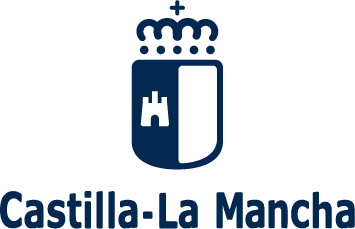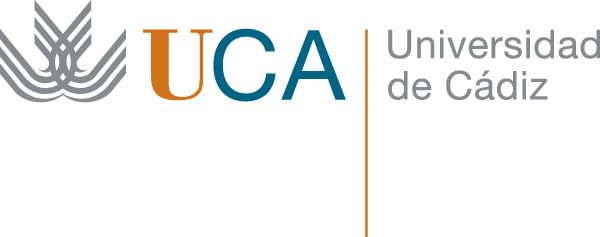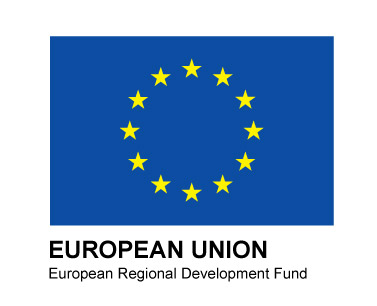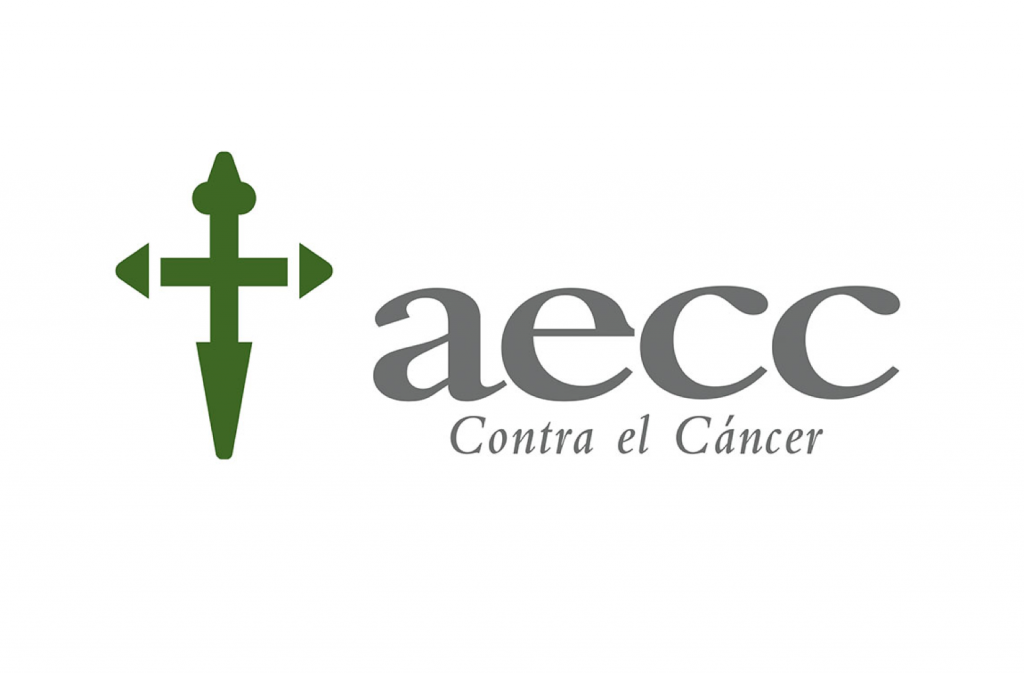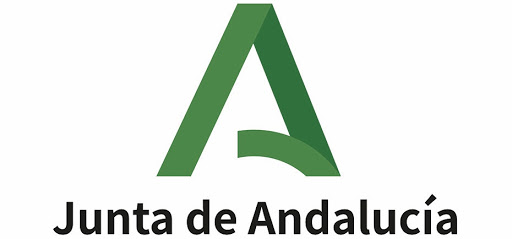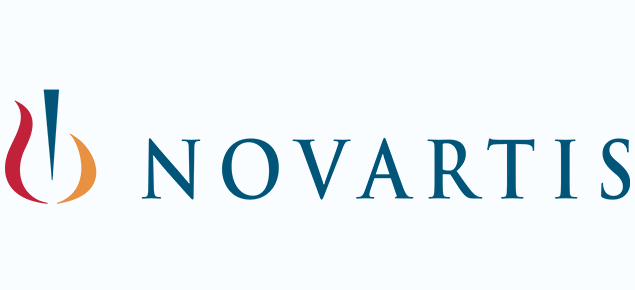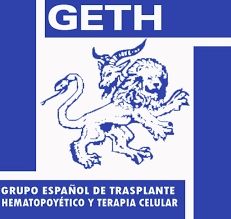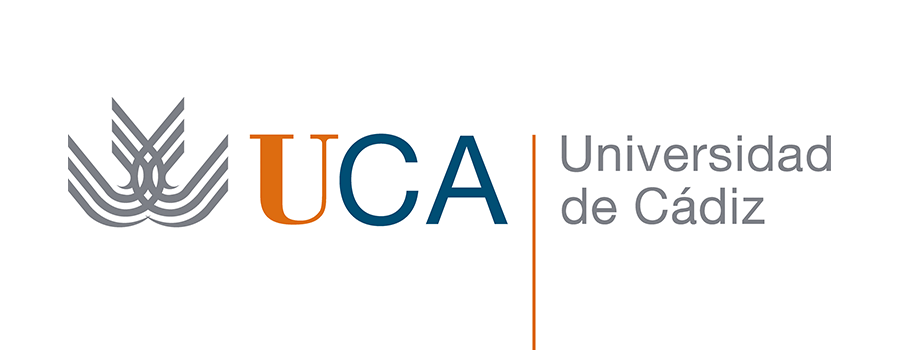Improving New Therapies in Oncology and Related Fields using mathematical models and biomedical data
2023-2026
Drug development in Biomedicine is a long and expensive process based on empirical approaches. Preclinical analyses in vitro are followed by studies in animal models and finally in humans, what involves trials in increasingly larger patient cohorts to test product safety and efficacy. This long process pushes drug development expenses and times to unsustainable levels, thus stifling innovation and leading to a constantly growing cost of healthcare provision.
We intend to develop validated mathematical models and use them as platforms for finding optimal therapeutic approaches with the potential to improve novel treatments based on (i) cellular immunotherapies, (ii) radiopharmaceutical therapies in oncology, and (iii) combination treatments with antibodies in fibrous dysplasia. Models will integrate state-of-the-art biomedical knowledge and data to improve the understanding of the diseases.




